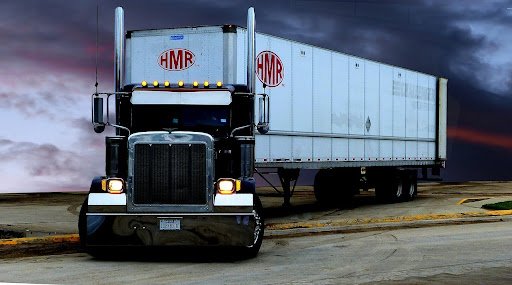Hooking up a trailer to a truck may seem complicated, but with the proper guidance, it’s pretty straightforward. Understanding the process ensures safety and efficiency, whether you’re a novice or an experienced driver. Here is a small guide with step-by-step instructions to help you hitch your trailer correctly.
Choosing the right hitch
The appropriate hitch is crucial for a safe connection between your truck and trailer. The hitch type depends on the trailer’s weight and your truck’s towing capacity. Common hitch types include ball hitches, fifth-wheel hitches, and gooseneck hitches. Each serves different purposes, so understanding their differences is critical.
You must ensure your hitch is compatible with your truck and trailer. Check the hitch’s weight rating and match it with your trailer’s gross weight. Using an inappropriate hitch can lead to accidents or damage to your vehicle. Consulting your truck’s manual or a professional can provide additional guidance.
Inspecting the trailer and truck
Before hooking up, thoroughly inspect the trailer setup and your truck. Check the trailer’s coupler, safety chains, lights, and brakes. Ensure no visible damages or wear could compromise safety. Inspect the truck’s hitch for any signs of wear or damage, ensuring it’s securely attached.
Verify that the trailer’s tires are properly inflated and in good condition. Check the electrical connections on both the truck and trailer, ensuring all lights and signals function correctly. A thorough inspection prevents potential issues on the road and enhances safety.
Positioning the truck and trailer
Aligning your truck and trailer correctly is crucial for a secure hookup. Start by positioning your truck on level ground and backing it up slowly towards the trailer. Use a spotter, if available, to guide you and ensure precision.
Ensure the trailer coupler is directly above the hitch ball. Adjust the truck’s position as needed to achieve perfect alignment. Proper positioning reduces the risk of damage to both the truck and trailer and makes the hitching process smoother.
Connecting the hitch
Once aligned, lower the trailer coupler onto the hitch ball. Ensure it’s fully seated and locked into place. Some hitches have a locking mechanism that you must engage to secure the connection. Double-check that the coupler is locked by trying to lift it off the ball.
Next, attach the safety chains from the trailer to the truck. Cross the chains underneath the coupler in an X pattern. This provides additional support and prevents the trailer from disconnecting entirely in case of a hitch failure. Secure the chains to ensure they don’t drag on the ground.
Connecting electrical and brake lines
Properly connecting the electrical and brake lines is essential for safe towing. Locate the electrical connector on your truck and plug in the trailer’s wiring harness. This connection powers the trailer’s lights and signals, ensuring they work in sync with your truck.
If your trailer has electric brakes, connect the brake line to your truck’s brake controller. This allows you to control the trailer’s brakes from the truck, providing better stopping power and safety. Test the lights and brakes before hitting the road to ensure everything is functioning correctly.
Adjusting the mirrors
Good visibility is crucial when towing a trailer. Adjust your truck’s side mirrors to provide a clear view of the trailer and surrounding area. Extended side mirrors or towing mirrors can enhance your field of vision, reducing blind spots.
Ensure you can see the trailer’s length and the traffic behind you. Adequately adjusted mirrors help you safely navigate turns, change lanes, and reverse more precisely. Taking the time to adjust your mirrors can prevent accidents and make towing less stressful.
Checking tire pressure and weight limits
Maintaining the correct tire pressure is crucial for safe towing. Check the pressure of your truck’s and trailer’s tires, ensuring they meet the manufacturer’s recommendations. Properly inflated tires improve handling and reduce the risk of blowouts.
Adhere to your truck’s and trailer’s weight limits. Overloading can strain the engine, brakes, and suspension, leading to potential failures. Distribute the weight evenly and avoid exceeding the recommended limits for safe and efficient towing.
Lastly
Hooking up a trailer to a truck involves several critical steps to ensure safety and efficiency. These recommendations will help you hitch your trailer and enjoy a smooth towing experience. Remember, thorough preparation and regular maintenance are critical to a successful journey. Safe travels!
Also, visit: company incorporation


